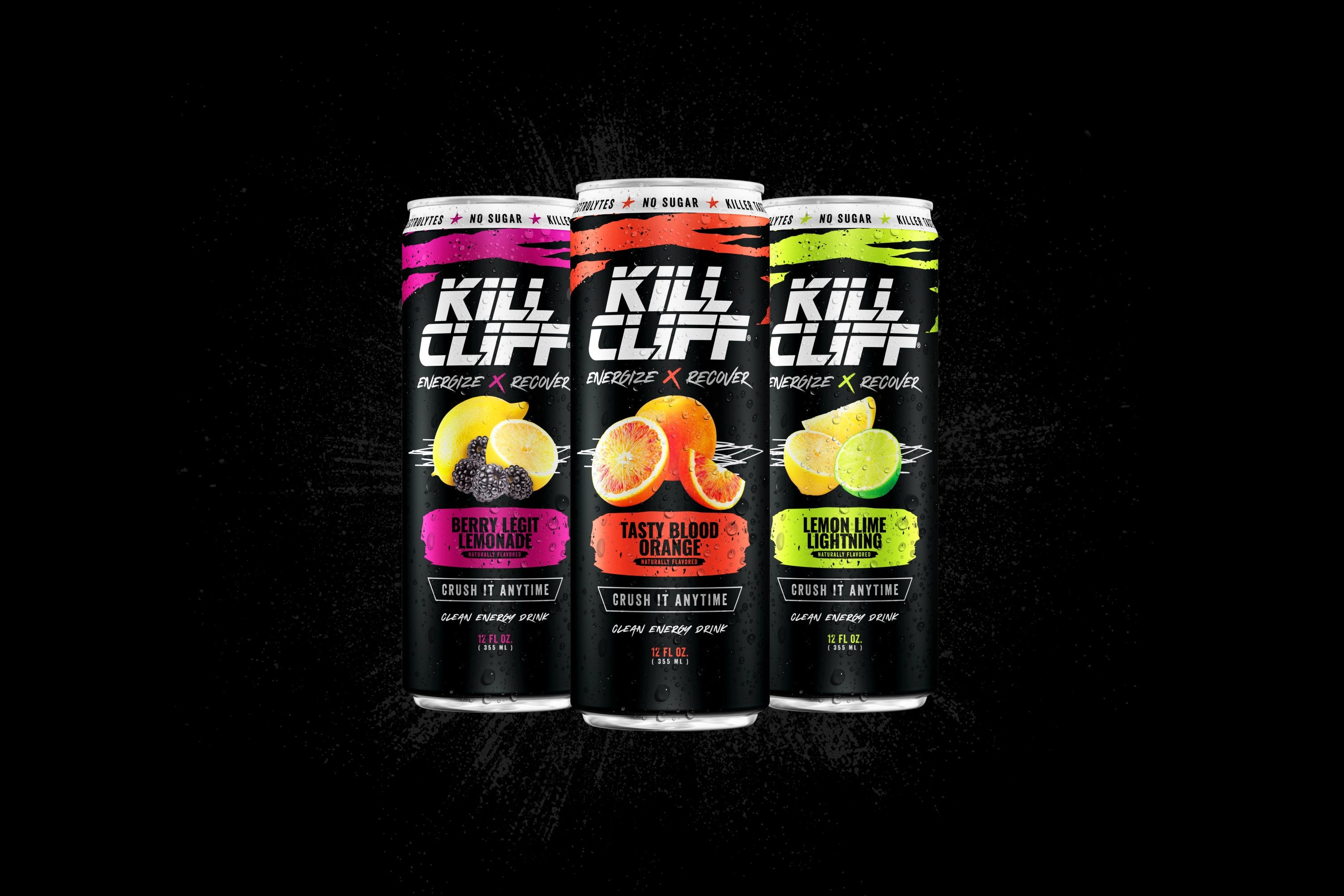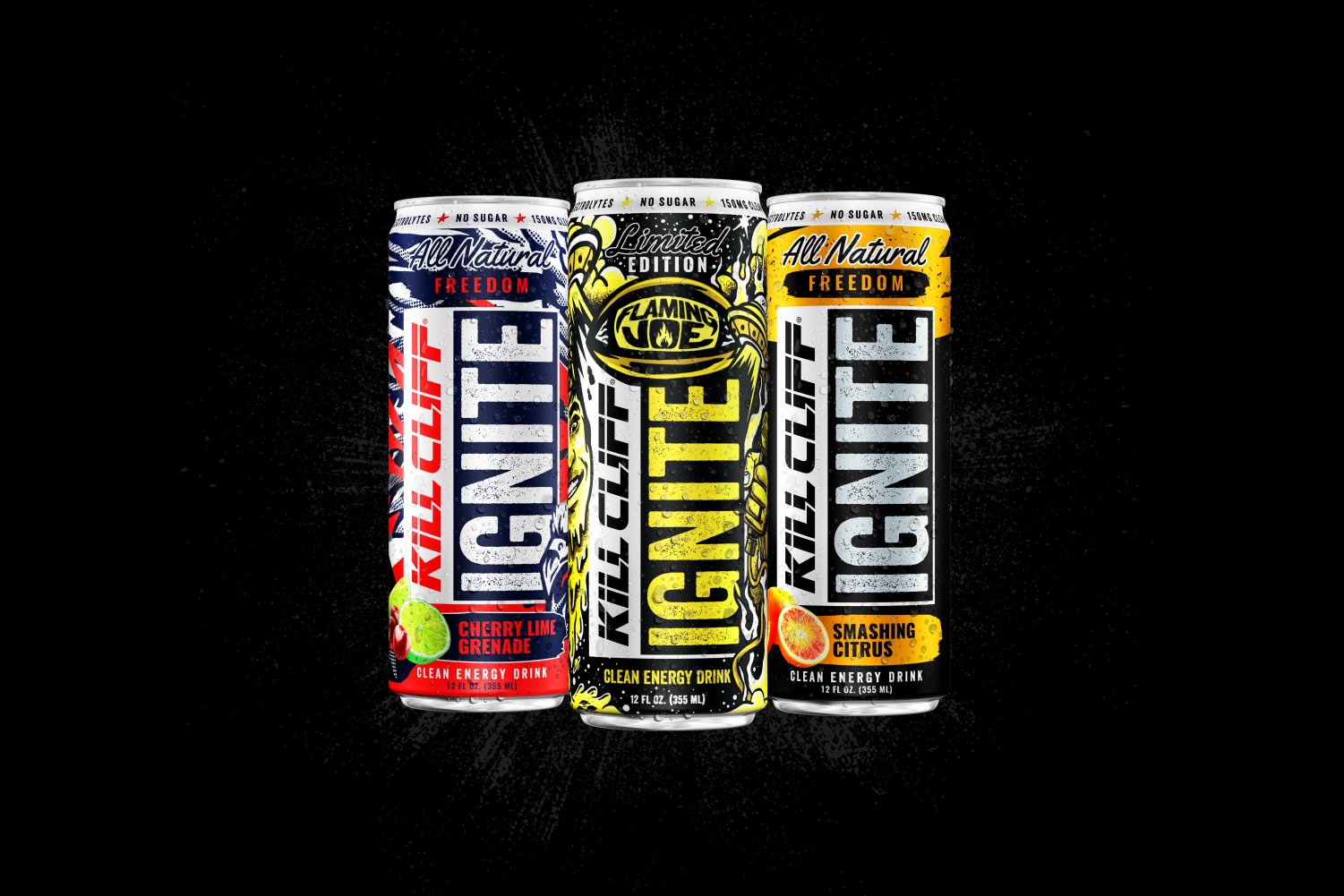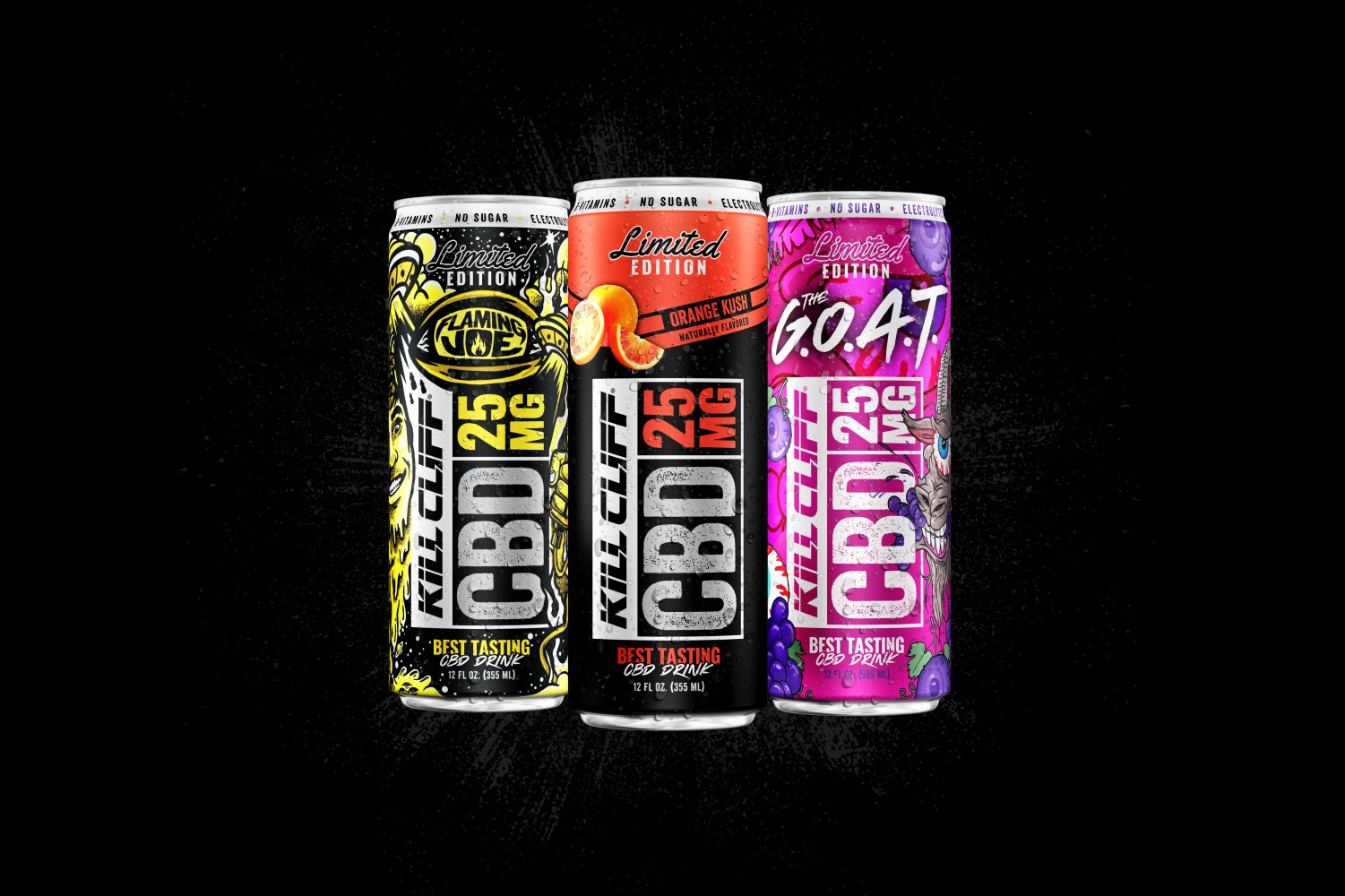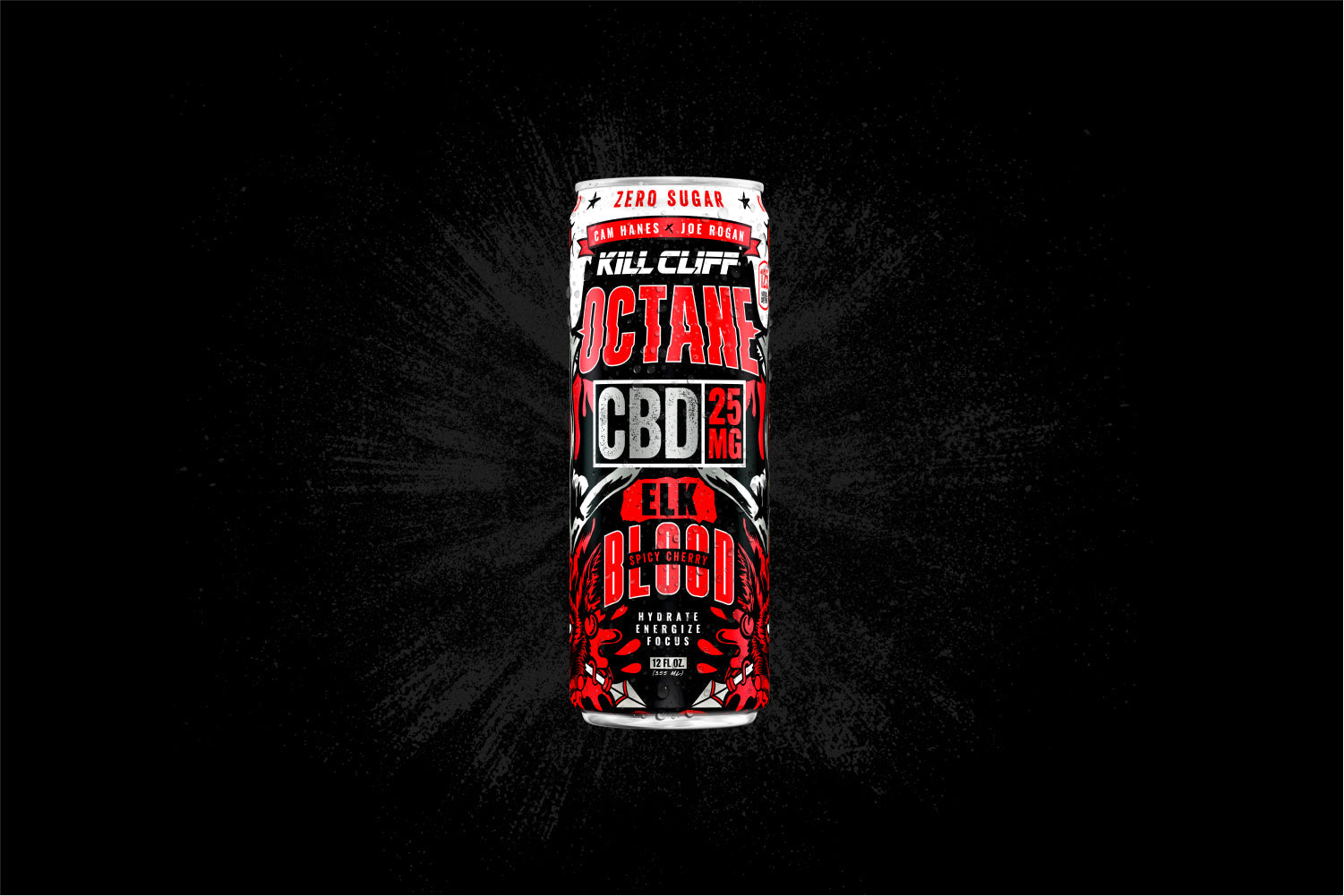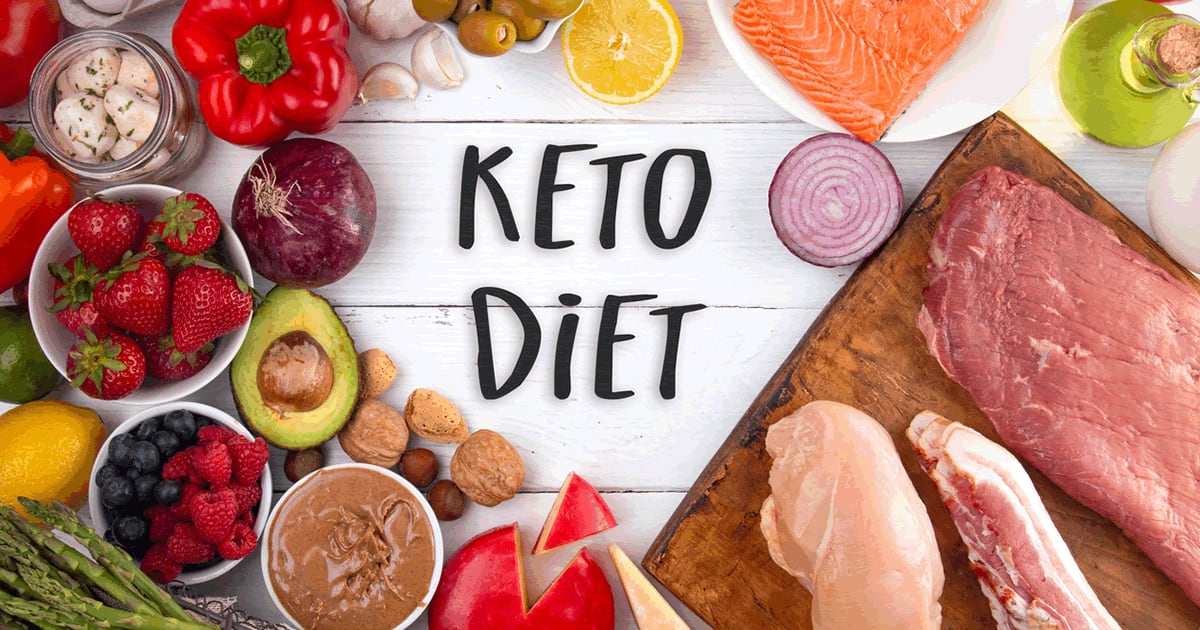In the panic to lose the weight gained during the caloric-intake free-for-all known as the COVID-19 pandemic lockdown, many active people such as yourself tried all number of weight reducing diets.
We know because we’ve done it. All of them, just about.
A lot of those diets die out, but one kept coming on our radar: Keto. Keto captured our attention because of the big names promoting it: Lebron James, the Kardashians, Tim Tebow, among others.
The marketing was unusual: Is that butter they’re putting into their coffee?
Here at Kill Cliff we examine what’s real and what’s a fad. Here are some things about keto that you should know.
What is keto?
Ketosis is a state where the body begins to burn fat for energy instead of glucose. The goal of the keto diet is to enter and stay in a state of ketosis through fat metabolism.
For ketosis, an adult must stay below 20 to 50 grams of net carbohydrates each day. Which may sound restrictive (20 pennies weighs 50 grams), however, some evidence suggests that people feel less hungry while in ketosis, which means fewer cravings.
One common misconception about keto is eating too much protein. Most amino acids in protein foods can be converted into glucose, inhibiting the efforts to keep carb intake low.
You can lose weight in the short-term while on the diet. However, after a year, studies show the weight loss seems to equalize.
What does the diet look like?
A ketogenic diet consists of at least 70 percent of calories derived from fat, less than 10 percent from carbs, and fewer than 20 percent from protein.
Be precise with what you eat: It will make or break your ketosis journey—as eating more carbs than supposed to will bring you out of ketosis very quickly and slow down your body’s fat burning capabilities.
Where does this fat come from?
In other words, foods you should eat?
· Cheese
· Butter
· Eggs
· Nuts
· Salmon
· Olive oil
· Non-starchy vegetables like broccoli, cauliflower, greens, and spinach
· Fatty fish
· Lean meat and poultry
· Avocado
· Seeds
· Plain Greek yogurt and cottage cheese
· Unsweetened plant-based milk
· Unsweetened coffee and tea
Food you should NOT eat
You can gain weight on any diet if you’re consuming more than enough calories. But these are some foods the keto diet says you should stay away from.
· High-sugar fruit
· Bread
· Gluten
· Milk
· Corn
· Potatoes and other starchy vegetables
· Oats
· Beer, wine, or other high-carb alcohol
· Soda
· Legumes and beans
· Whole grains
· Anything with added sugar
· Anything that is highly processed
· Trans fats like margarine
· Juice
· Condiments
Some claimed benefits of keto include: dropping pounds, burning more calories, reducing hunger, managing diabetes, treating drug resistant epilepsy, improving blood pressure, and lowering cholesterol. Some also report improved concentration.
First steps to keto
- Prepare your mind and body. In order to take full advantage of the keto diet, it would be beneficial if you start thinking about and planning your diet. Look over your everyday life: What foods do you usually eat, in what time, with whom and so on? If you would start following a diet, would you still want to eat out? Would you take your lunch with you?
- First weeks will be tough. Be prepared mentally. No diet is easy at the start. Keto diets have some so-called side-effects. The “keto flu” can happen on the first couple weeks of the diet and includes fatigue, some headaches, and feeling weak. To cope, drink plenty of water.
- Reduce your carbohydrate intake. Start slowly removing carbs from your daily intake. The goal is to lower your daily carb intake down to a maximum of 20 grams of carbs per day. (You know what weighs 20 grams? 4 nickels. 4 credit cards. It’s not a lot!) In this way, you will be in ketosis probably within 7 days (this can vary between individuals and your eating habits).
- Get enough fats. Going low carb is just one part of the game. The second, an important part, is to get enough high-quality fats, so you can get your body into that magical state of ketosis.
- Don’t forget to eat your veggies. Leafy vegetables are nutrient-dense, low in carbs, and perfect for your digestive system. So make sure you combine your fats with vegetables.
Risks of keto
Fatty meat can affect your health by raising your cholesterol. Doctors have cautioned that any diet that raises risk factors of coronary disease can put people at risk over the long term.
Stay away from dirty keto, which is a way of eating that allows you to eat any kind of food as long as your carbs are low enough and your fat is high enough to achieve ketosis. Dirty keto includes processed or packaged food with artificial ingredients. Say sayonara to fries, bacon burgers, and diet soda.
Is it worth it?
While there is some evidence that a ketogenic diet can help burn more calories, the research is limited and conflicting. Nutritionists share that a low-carb or low-fat diet can both be successful.
Long-term benefits are in a gray area. Basically, not enough is known yet. However, we do know that keto helps children with epilepsy as well as people with diabetes.
Is Kill Cliff keto safe?
Kill Cliff’s lines of energy, recover, CBD, and CBD+caffeine drinks are sugar-free (good). Carb counts are generally in the low- to mid-teens (kind of good), so if you’re careful with what you put into your body for the rest of the day, feel free to enjoy the B-vitamins, electrolytes, all-natural caffeine, and delicious flavors of Kill Cliff.
